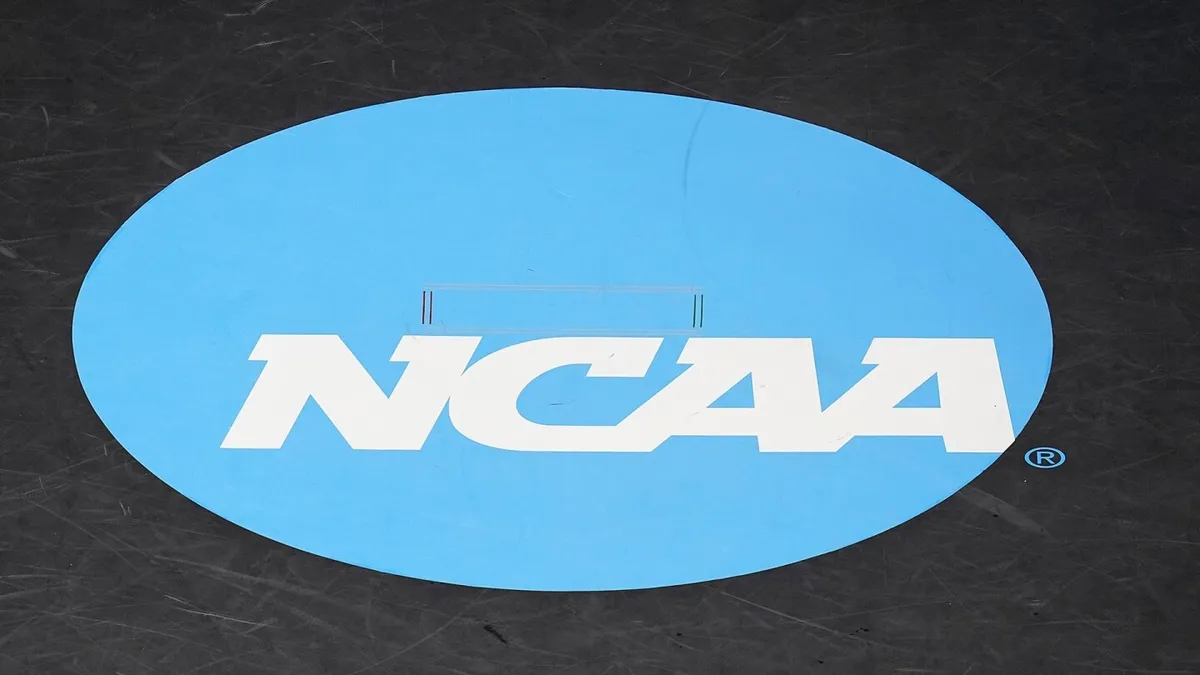
The long-standing corrupt system of denying payment to college athletes has officially come to a close. On Friday, Judge Claudia Wilken sanctioned the settlement of several antitrust class-action lawsuits that challenged the NCAA's and its members' refusal to compensate athletes. This landmark decision marks a significant shift in the landscape of college sports.
The approved settlement includes a staggering $2.8 billion in payments to players over the past decade, along with provisions for future payments. While this financial relief is a major victory for college athletes, it does not fully resolve the ongoing turmoil within the world of college sports.
In response to the evolving dynamics, major college conferences have initiated the College Sports Commission, distinct from a previously considered presidential commission. This new regulatory body aims to manage NIL collectives, which, in many cases, have transformed into pay-for-play schemes. However, this raises a critical issue: any collective action by independent businesses that limits the earning potential of athletes could lead to fresh antitrust challenges.
While Friday's settlement theoretically clarifies how schools will directly compensate players, the NIL issue remains separate and complex. The American system of free enterprise should ideally create an open market for athletes to capitalize on their name, image, and likeness without restrictions. Nevertheless, colleges are seeking a federal legislative lifeline that would grant them an antitrust exemption, allowing them to navigate this new landscape more comfortably.
The most effective solution to the challenges facing college athletes may lie in the establishment of a nationwide union. Such an organization could negotiate critical issues, including compensation limits and transfer rights. Furthermore, it would empower players to advocate for protections against excessive training demands, such as unlimited padded practices and a grueling year-round schedule that severely limits personal time—especially in comparison to professional athletes.
In summary, while the recent settlement signifies a monumental step forward for college athletes, it is merely the beginning of a much larger journey. The landscape of college sports is set to change dramatically, but much work remains to be done to ensure that athletes receive fair treatment and compensation. As we look to the future, the focus must remain on creating a sustainable and equitable environment for all college athletes.